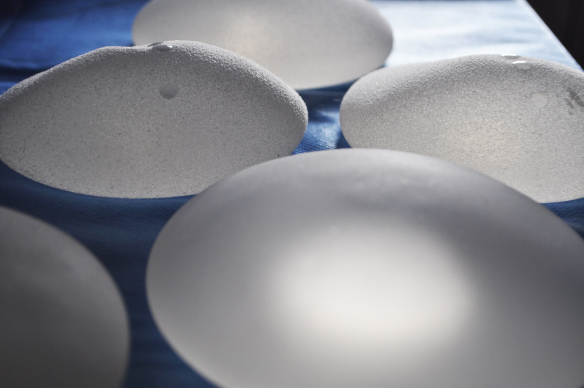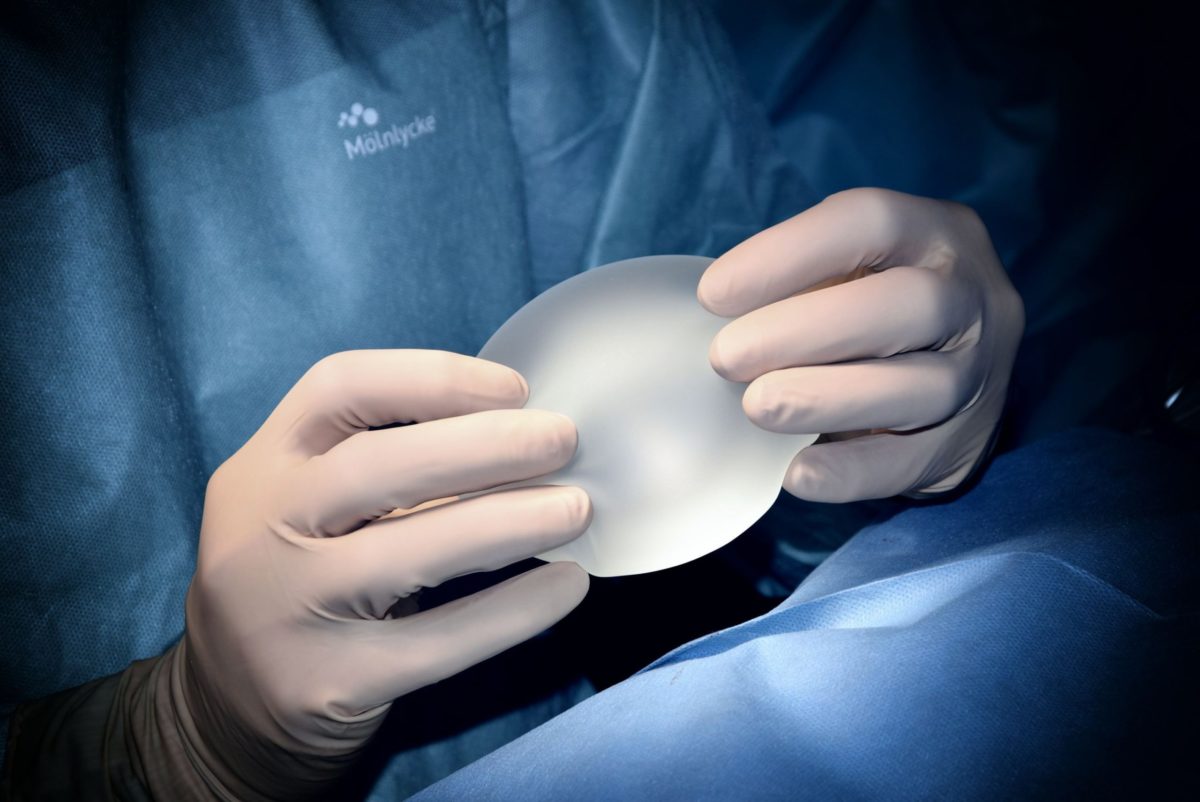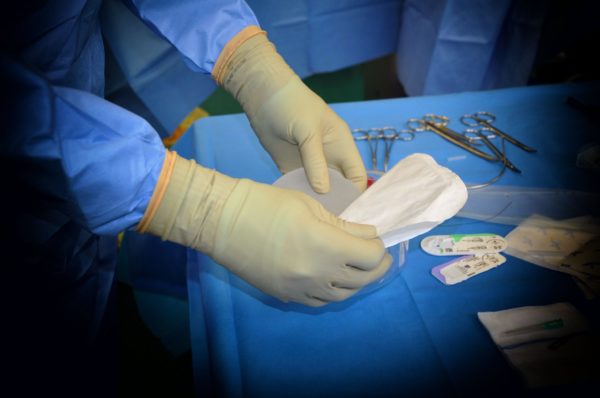Some women know they want large breast implants and fake-looking breasts. Often referred to as the “Barbie look” extra large breast implants are more popular than ever before. Women who want to have excessively large breasts after a breast augmentation are often told that the risks of extra large breast implants are high. Many plastic surgeons will refuse to use what are considered large breast implants, typically over 800cc, and will advise women to consider having smaller breast implants.
Many of the cosmetic surgery advancements with breast augmentation surgery have been around ways to make it safer to place larger breast implants. Although new techniques have made it easier to have breast implants over 800cc, there are still increased risks and complications.
A popular option if you want extra large breast implants are permanent tissue expanders often referred to as expandable breast implants. The advantage of tissue expanders is they can be expanded gradually over a few months, after your breast augmentation procedure. This means if you can not accommodate the breast implant size you want, you can start off with a smaller cc volume. Tissue expanders on average can be expanded to between 1000cc and 2000cc, depending on the breast size you want to achieve. Non-permanent tissue expanders can also be used, and then replaced with saline or silicone-filled implants when the breast size and cc volume required, are achieved.
- surgery tends to be longer, which increases the risk of a surgical-site infection
- when additional saline is added to tissue expanders there is a risk of puncturing the expander
- delayed wound healing, which can cause necrosis (death of cells) and implant extrusion
- seromas (accumulation of fluid)
- post-operative wound complications
- post-operative infections
An alternative to saline-filled tissue expanders is the FDA-approved AeroForm Tissue Expander System, which is filled with carbon dioxide. They cost more than saline-filled tissue expanders, and are only for temporary use, for a maximum of six months. Unlike saline-filled tissue expanders which must be filled by a physician, the AeroForm system includes a container of carbon dioxide, which is released into the expander with a remote control.
The plastic surgeon will program a specific dose, to be released, up to three times a day. When the breast size and approximate cc volume is reached or at six months, the expander is replaced with a silicone or saline breast implant.
A limited number of studies have indicated, that the risks of the AeroForm Tissue Expander System are similar to saline-filled tissue expanders.
Dependent on the degree of skin and tissue available, some women are able to have extra-large saline-filled breast implants. Although only available up to 800cc, plastic surgeons can overfill them to a bigger cc, usually up to around 2000cc.
Advantages of Extra-Large Saline Breast Implants vs Extra-Large Silicone Breast Implants
- smaller incision
- gentle expansion of tissue and skin
- reduced rate of seromas (fluid accumulation) and hematoma (blood accumulation)
- cc volume does not need to be estimated
- choice of all incisions
- can be implanted with a transumbilical breast augmentation (TUBA)
Risks of extra-large saline-filled breast implants include:
- seromas
- hematomas
- infection
- post-operative wound complications
- delayed wound healing, which can cause necrosis (death of cells) and implant extrusion
- implant extrusion
Silicone implants can be custom manufactured to a bigger cc volume than 800cc.
- less likely to ripple
- tend to feel softer
- lighter
- lower rupture rate
- larger incision
- manual expansion of tissue and skin
- increased the rate of seromas (fluid accumulation) and hematoma (blood accumulation)
- cc volume has to be estimated
- can only use the inframammary (breast crease) incision
- surgery tends to be longer, which increases the risk of a surgical-site infection
- delayed wound healing, which can cause necrosis (death of cells) and implant extrusion
- seromas
- hematomas
- post-operative wound complications
- infection
My Opinion
Permanent saline-filled tissue expanders offer are the most popular implants for extra large breast augmentation. They have undergone extensive studies and enable women to have extra-large breast implants with just one surgery. Another advantage is tissue expanders also provide the option to have saline removed.
The AeroForm Tissue Expander System has only undergone limited studies and is a relatively new device. As with any new medical device, there is a possibility that the risk of complications, may be higher than the limited research currently indicates. Personally, I would wait another couple of years for further studies and research to be conducted.
Annabelle Baugh | Founder




